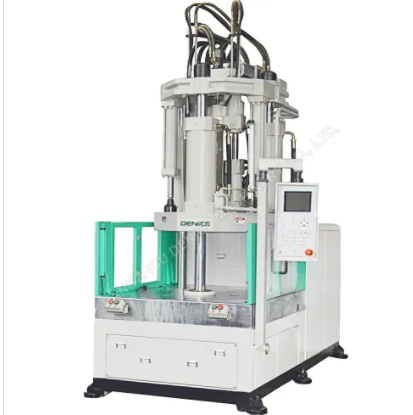How does a low-pressure injection molding machine work?
Low-pressure injection molding machines have revolutionized the plastic manufacturing industry by providing a versatile and efficient method for producing high-quality plastic parts. This advanced technology offers precise control over the molding process, resulting in consistent and accurate results. In this article, we will explore the inner workings of a low-pressure injection molding machine and understand the step-by-step process of how it operates.
Clamping:
The first step in the operation of a low-pressure injection molding machine is clamping. The machine's mold clamping unit securely holds the two halves of the mold in place. The clamping force is carefully adjusted based on the size and complexity of the part being produced. This ensures that the mold remains closed during the injection and cooling stages, maintaining the desired shape of the final product.
Injection:
Once the mold is clamped, the injection process begins. The machine's injection unit heats the plastic material, typically in the form of pellets or granules, to its melting point. The material is then injected into the mold cavity under low pressure. Unlike traditional high-pressure injection molding, the low-pressure method allows for a more controlled and gentle flow of the molten plastic into the mold.
Pressure and Time Control:
Low-pressure injection molding machines utilize pressure and time control to achieve optimal results. The pressure is carefully regulated to ensure the material fills the mold cavity completely while minimizing any excess or trapped air. By controlling the pressure and the duration of the injection, the machine can precisely replicate the desired shape and dimensions of the part.
Cooling:
After the mold cavity is filled, the cooling stage begins. Cooling channels within the mold help dissipate heat from the molten plastic, allowing it to solidify and take the shape of the mold. The cooling process can be accelerated by circulating coolants or water through these channels. The duration of the cooling phase depends on the material being used and the complexity of the part. Once the plastic has sufficiently cooled and solidified, the mold can be opened for part ejection.
Part Ejection:
In the final step, the mold is opened, and the finished part is ejected from the machine. Ejector pins or other mechanical devices help push the part out of the mold. The low-pressure injection molding process typically produces parts with minimal stress or deformation due to the controlled injection and cooling stages. This results in high-quality parts with precise dimensions and surface finishes.
Repeat Process:
After the part is ejected, the mold is closed, and the cycle repeats for the production of the next part. Low-pressure injection molding machines are designed for efficient and continuous operation. The cycle time can vary depending on factors such as the complexity of the part, the cooling requirements, and the specific machine capabilities.
Automation and Control:
Many low-pressure injection molding machines are equipped with advanced automation and control systems. These systems allow for precise monitoring and adjustment of various parameters such as temperature, pressure, and cycle times. Automated systems can also facilitate the integration of robots or other auxiliary equipment for tasks such as part handling, trimming, or quality inspection.
In conclusion, low-pressure injection molding machines offer a highly controlled and efficient method for producing plastic parts. The clamping, injection, cooling, and part ejection stages work together to ensure accurate replication of part designs with consistent quality. The ability to regulate pressure and time, along with advanced automation and control systems, allows for versatility and customization in the manufacturing process. With their reliability and precision, low-pressure injection molding machines have become a staple in the plastic manufacturing industry, enabling businesses to meet the demands of various industries with confidence and efficiency.




